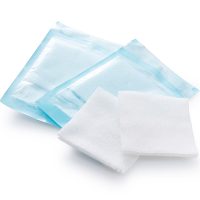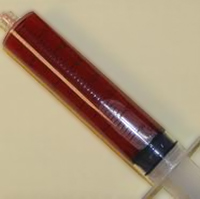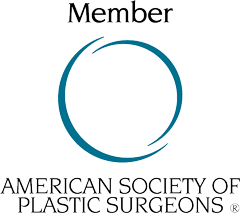There have been several comments recently on one of my previous blog posts about swelling after a Tummy tuck. Swelling is only one of the possible complications that can occur following a Tummy tuck procedure. Other post-op Abdominoplasty complications can be subdivided into a few major classifications: Infection, Wound Separation, and Fluid Collections (Hematoma and Seromas).
Infection after a Tummy tuck

Most surgeons give patients pre-operative antibiotics so wound infection is not as big a problem as it used to be. Ask your surgeon if he will be giving you preoperative antibiotics and make sure you are not allergic!
Infections can be minor, such as a suture abscess. However, they can also be life threatening, like those of MRSA.
A suture abscess is typically not dangerous, and it’s caused by the body trying to dissolve away some of the absorbable sutures that are placed in the deep layers of tissue to hold the tissue together. It is easily taken care of by lancing the area under a local anesthetic, and packing the small puncture with a medicated gauze. Usually additional antibiotics are not needed unless the patient has fever and redness over an extended area.
With respect to MRSA, as a precaution I routinely ask patients if they, or anyone in their family, has had an episode of MRSA (Methcillin Resistant Staph Aureus). This can be a very dangerous infection after surgery. If the patient has a history of MRSA or exposure, we will do a swab culture of the nose (where MRSA frequently resides), and will give specific antibiotics against MRSA at the time of surgery.
Remedy: Taking active steps to prevent infection is the best remedy.
Wound separation after a Tummy tuck

This looks dramatic to the patient, because the patient thinks that the separation is very deep.
However, it is not, as the separation only goes to the muscle wall. Wounds can separate for the following reasons:
- Excess skin tension if too much skin was taken out during the procedure. The best way to prevent this is for the surgeon to excise the skin in surgery not according to ‘the pre drawn pattern’, but by making sure the closure will be more than adequate well before the actual cutting is made!
- The wound edge heals poorly because of poor blood supply. This is more common with techniques that elevate the skin all the way up to the skin margins.
The Lockwood technique that I use for the Tummy tuck dissection is excellent because it does less undermining and preserves most of the blood supply.
Remedy: Small wound separations are easily taken care of by packing the wound with medicated gauze. Slightly larger wound separations, or those caused by tension, can be taken care of by a suction device called a “Vac Dressing” manufactured by KCI. Large wound separations caused by poor blood supply may need revision and re-approximation of the wound edges in a procedure room.
Fluid collections after a Tummy tuck

Fluid collections are more common when there is a lot of space created between the abdominal skin and the underlying muscle. Fluid can easily accumulate in this space and complicate the healing process. For more detailed information, see my blog post about post operative Tummy tuck swelling and seromas, Tummy tucks and how to reduce swelling and eliminate fluid collections.
In summary, the different type of fluid collections associated with Tummy tucks are seroma and hematoma.
Seroma
A Seroma is a collection of wound fluid. It is mostly seen when the patient has a lot of activity in the post operative period or there is inadequate compression, and rarely happens when the Lockwood technique is used. It can easily be treated with a needle aspiration, but it is not unusual to have to do a series of aspirations spaced over a few days to take care of the problem.
Hematoma
A Hematoma is a collection of blood in the dead space. It usually needs to be evacuated because it can be painful, can lead to infection or cause excessive scarring. It is usually caused by a small blood vessel that opens up in the recovery period, and can happen up to a few days after surgery. Most of the time it can be evacuated with a needle, but sometimes it may need a small intervention in a procedure room.
Remedy: The best remedy against fluid collections is prevention. I am a firm believer in the right kind of compression garment with shoulder straps to keep the garment well placed. In addition, foam pads (Topifoam pads) over areas of potential fluid accumulation also help a lot.
Discuss possible complications before your surgery
All in all, the Tummy tuck is a very safe operation. However, you need to be aware of the risks and potential complications prior to any surgery. When you go into your pre-operative Tummy tuck consultation be sure to ask your plastic surgeon about these possible complications and how he or she handles them when they occur. Most importantly, get a commitment that the surgeon will be available after surgery within a short time period should you experience any problems. I give all of my post op patients my cell phone number so I can communicate immediately if any problems or concerns arise. Be sure you know how to get answers to post op questions prior to your surgery.



